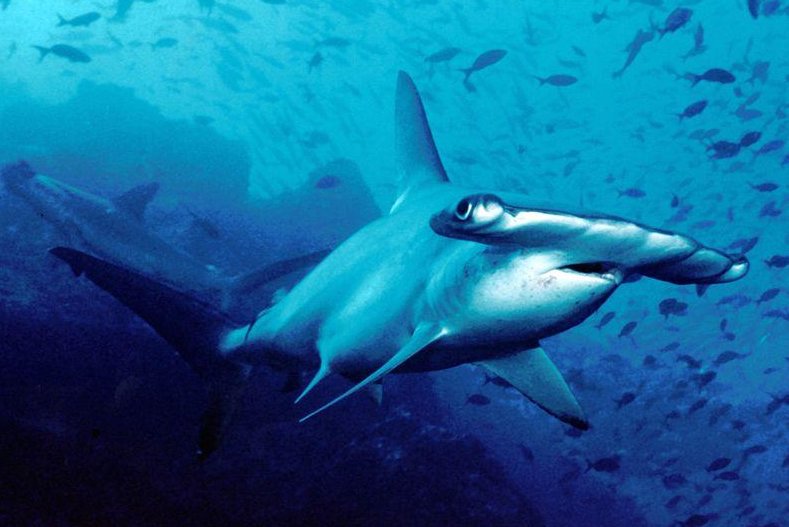(UPI) -- A new species of hammerhead shark discovered off the coast of South Carolina previously eluded researchers because of its similarity to the common scalloped hammerhead.
Ichthyologist Joe Quattro, a biology professor with the University of Carolina, came across the new species while looking at hammerheads in South Carolina. The scalloped hammerheads they were following displayed two different genetic signatures.















